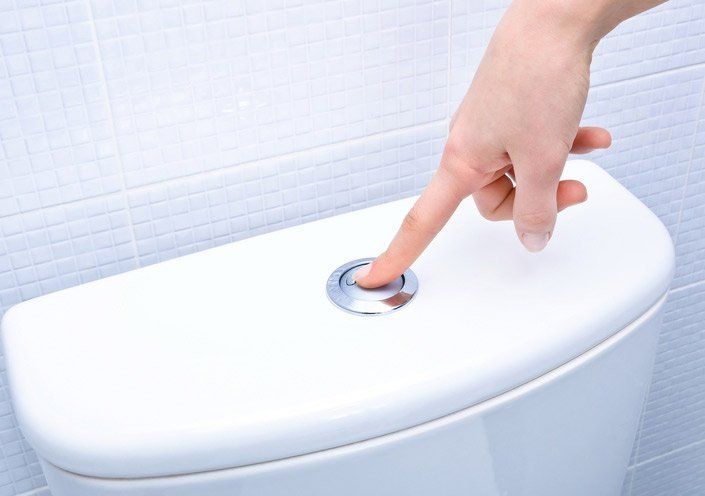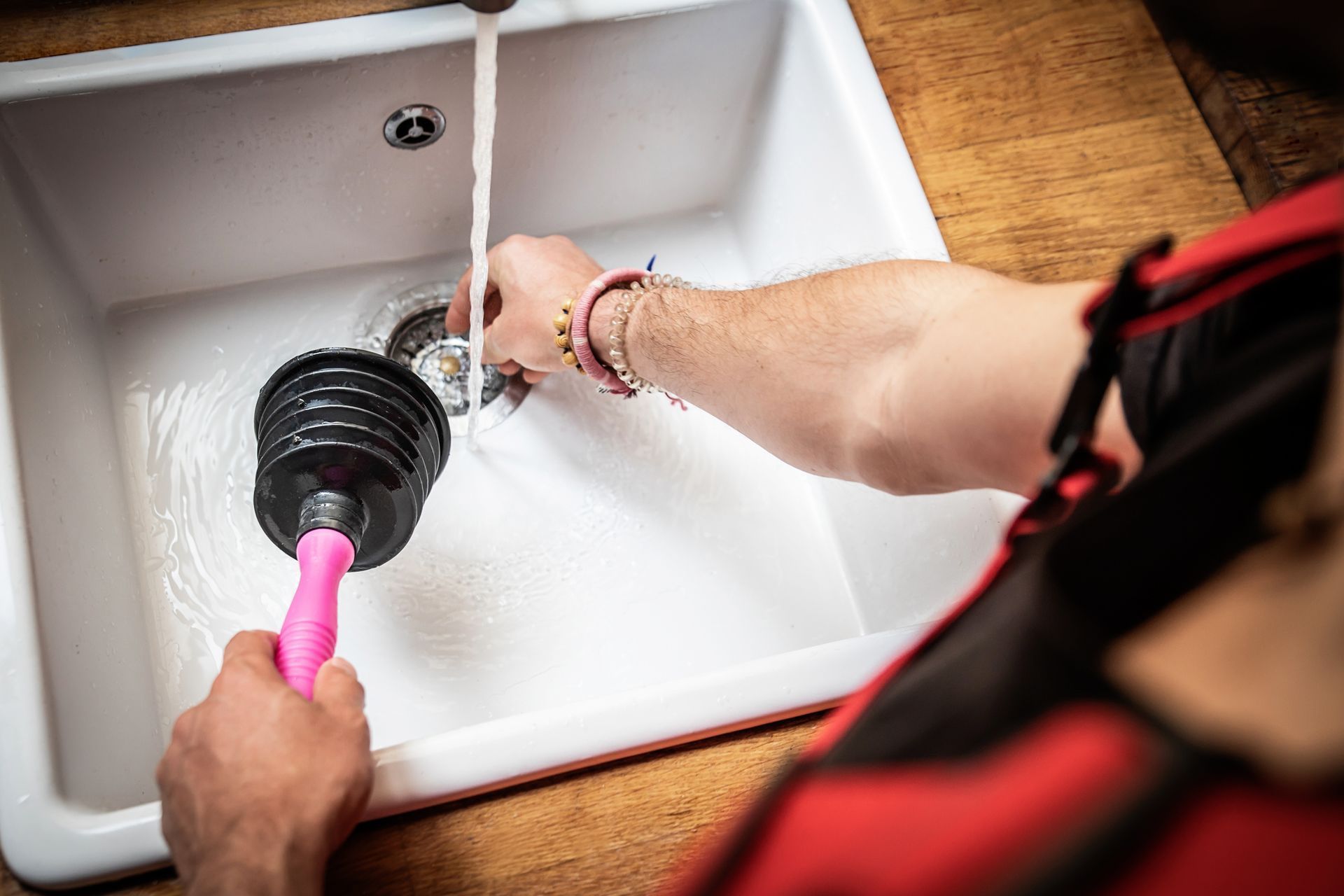5 Things That Can Go Wrong With Your Toilet's Fill Valve

One of your toilet's most critical components is the fill valve assembly. Learn about five things that can go wrong with your toilet's fill valve.
05.21.2018
One of your toilet's most critical components is the fill valve assembly. The fill valve is not made of the same material as the bowl and can occasionally develop a malfunction. Here are five things that can go wrong with your toilet's fill valve.
1. Float Problems
The fill valve float is what senses when the toilet tank needs to be refilled and lets the valve open. The float then senses when the tank has refilled and closes the valve. However, sometimes the float can get a little stuck, which can short-circuit this process.
Another common float problem is when the float is maladjusted. The further up the float is adjusted, the fuller it will fill the tank before switching off. If it's set too high, water may even siphon off into the overflow. This can create a self-perpetuating cycle since water draining off into overflow lowers the float again.
2. Water Waste
When you flush your toilet, it automatically starts to fill itself back up through the fill valve. But if the toilet isn't calibrated correctly, the bowl and tank may not reach their fill lines simultaneously. When this happens, the toilet may waste quite a bit of water.
The trouble is that traditional fill valves aren't designed to be easily calibrated. If you think your toilet has this problem, try flushing it and see if the bowl stops filling before the tank does. If so, you may wish to have your plumber install a water-saving fill valve assembly.
3. Fill-Valve Clogs
The fill valve's function includes both opening to let water through and then closing at the right time. If debris has built up inside the valve, either or both of these functions can be impaired. That means debris problems can show up as a toilet that runs constantly, doesn't fill, or only fills slowly. You may even hear a slight hissing sound as water pushes through.
4. Continuous Running Due to Flapper Problems
Some toilet leaks, such as those caused by flapper seal problems, cause the fill valve to run constantly. In this situation, the fill valve is really more of a symptom and the underlying cause is something else.
The flapper is a common culprit in these situations since it tends to wear out every few years and need replacement. If the flapper is old, appears cracked and brittle, or seems to have mineral deposits on it, it could be causing your toilet problems. Sometimes, though, the flapper is also a symptom, with a root cause of a sticky handle or a maladjusted flapper chain.
5. Fill-Valve Leaks
Even if your flapper is brand-new and 100% functional, your fill valve may still run continuously due to a leak. This can happen if there's mineral or debris buildup as mentioned above. However, it can also occur just because your fill valve is faulty or even because it's old and worn out.
Although your toilet itself may last for decades or more, the fill valve may only last a half-dozen years before it needs replacement. Of course, that depends on the type of fill valve assembly you have — some fill valves are made of plastic and some are made of metal.
You'd think plastic would be more likely to break and metal would be more likely to last longer, but it can actually be the other way around. That's because the water in your toilet tank means that metals will be subject to corrosion, an effect that doesn't apply to plastic parts in water.
These five issues can all involve your toilet's fill valve, either as a cause or as a symptom. If you think there's something wrong with your toilet, don't wait for worse problems to develop — call O'Fallon Sewer Service today for repairs or even toilet replacement.
Facebook Twitter Google+ pinterest








